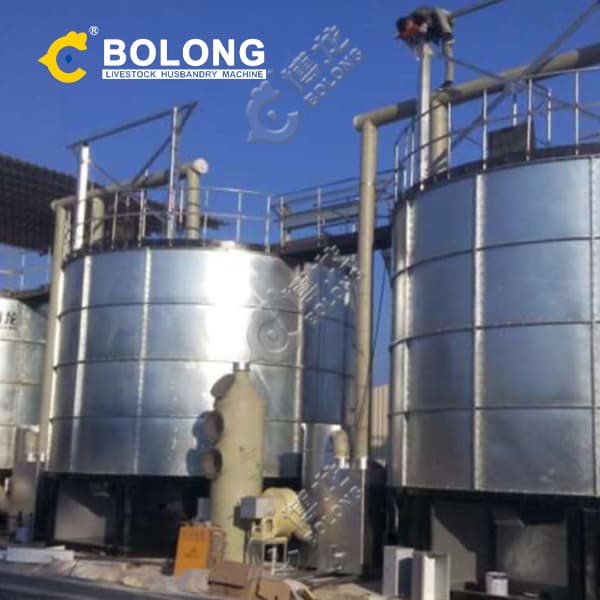
Nov 27, 2019 · Realize that any fermentation has smells. There are odors of alcohol, fruit, CO2 gas (carbonation) and even sulfur (lit matches). Don’t get these normal smells confused with the bad odors discussed above. These are all aromas of a healthy, vigorous fermentation. I hope this helps you out.
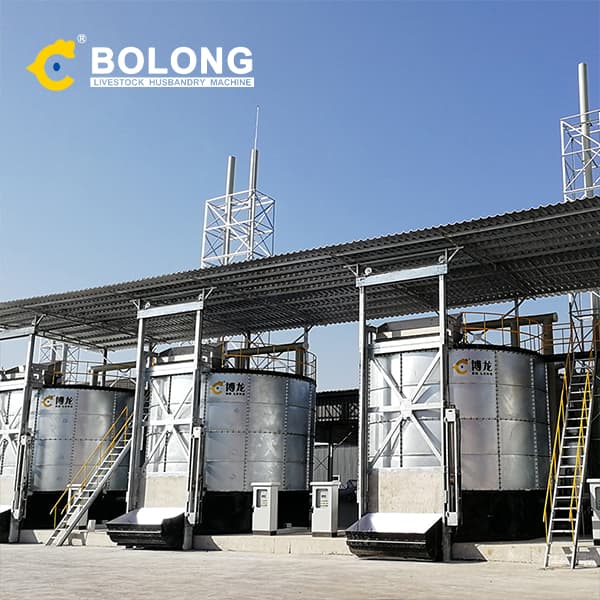
Nov 20, 2023 · Fermentation defined. Fermentation is a natural process that has been used for centuries to transform raw ingredients into a wide array of products. In the context of brewing beer, fermentation is the conversion of sugars into alcohol and carbon dioxide by yeast. This magical transformation is what gives beer its unique flavors, aromas, and
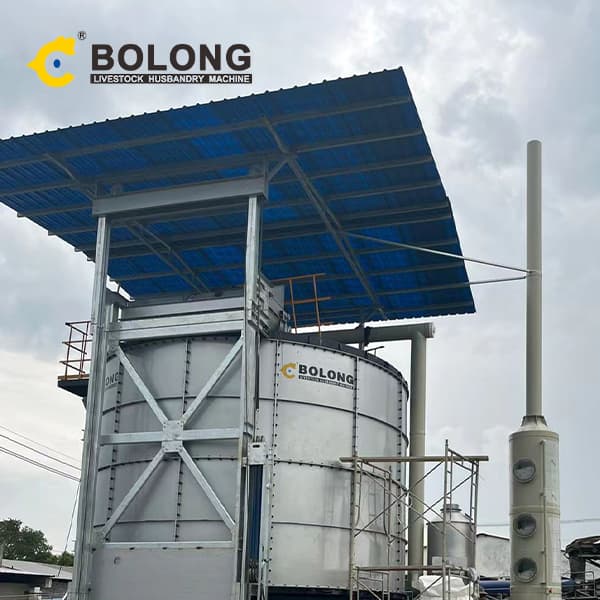
Fermentation vessels are vital in pharmaceutical and biopharmaceutical manufacturing, ensuring drug quality and safety. They provide controlled environments for microbial fermentation, maintain sterility, monitor conditions, scale production and aid in product purification. Let NeoNickel support you when choosing the neo-nickel alloy for your
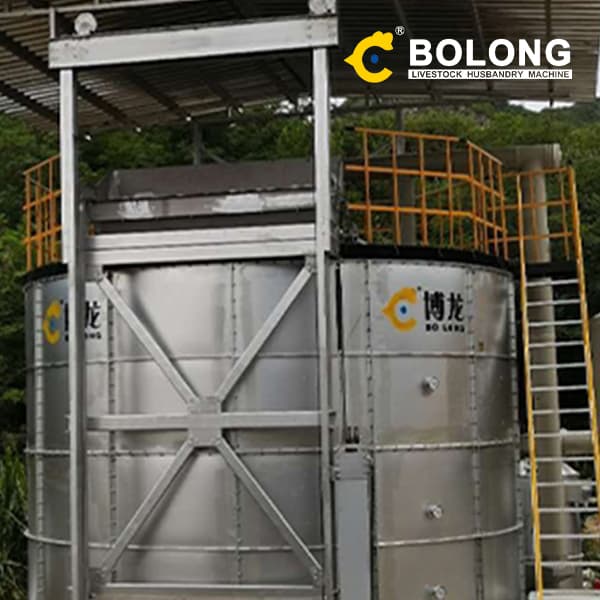
Jan 28, 2019 · A unique property of concrete tanks is their porous nature, which allows small amounts of oxygen to enter the tank and the wine during the fermentation process. In terms of temperature, concrete slowly warms and also slowly cools to create a more gradual fermentation process. Another common benefit to using concrete tanks is to get a
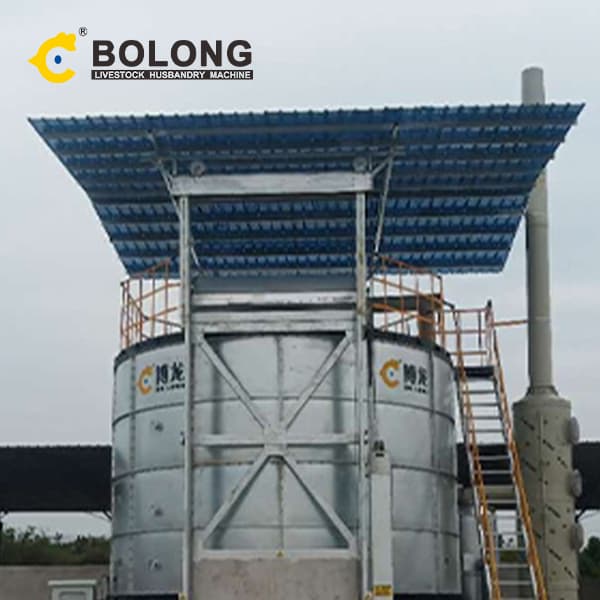
May 22, 2020 · The only time that you will ever really smell anything during the homebrew process is on brew day during the boil and during the first few days or so of active fermentation. During the boiling process, there will be a heavy aroma because of all of the steaming rising out of the kettle. During the active fermentation, the yeast will be busy
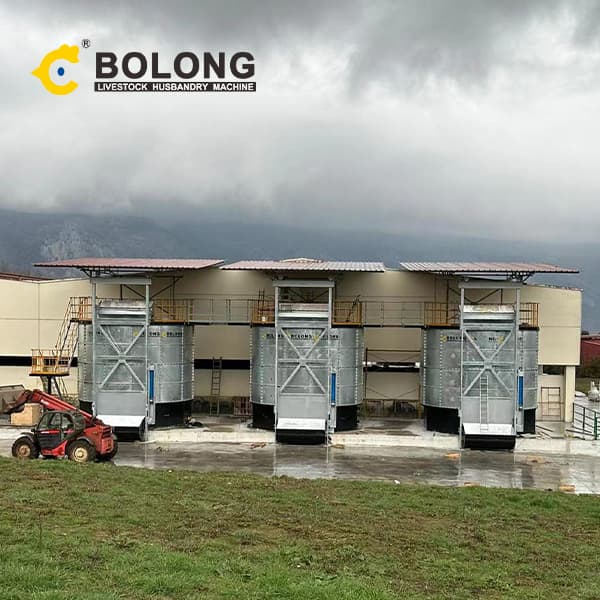
But if you leave your fermentation vessel alone and you use beer yeast, you will have a scent-free fermentation. Lastly, if you use a blowoff tube and have a violent fermentation, the room it's in might fill with the blown off CO2 and you'll get a "CO2 odor".
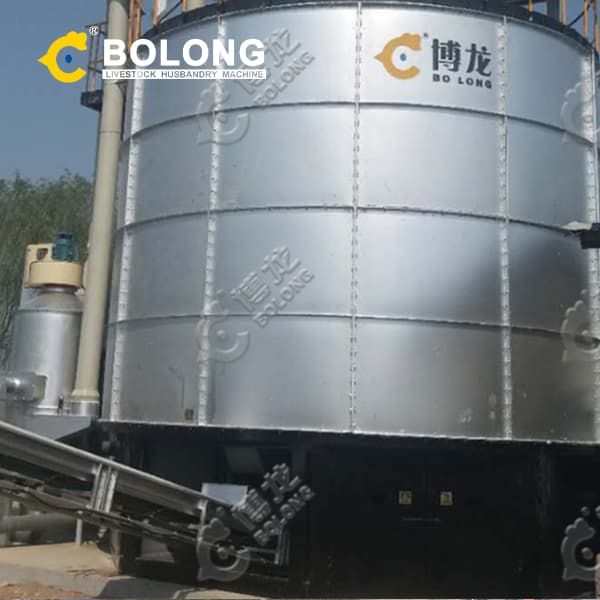
Feb 12, 2022 · Fermenting vessels come in all different shapes, sizes, and varieties. So which one is best? And what do you need to think about when choosing the best fermenting vessel? We're covering the most popular fermenting vessels and what you should look for.
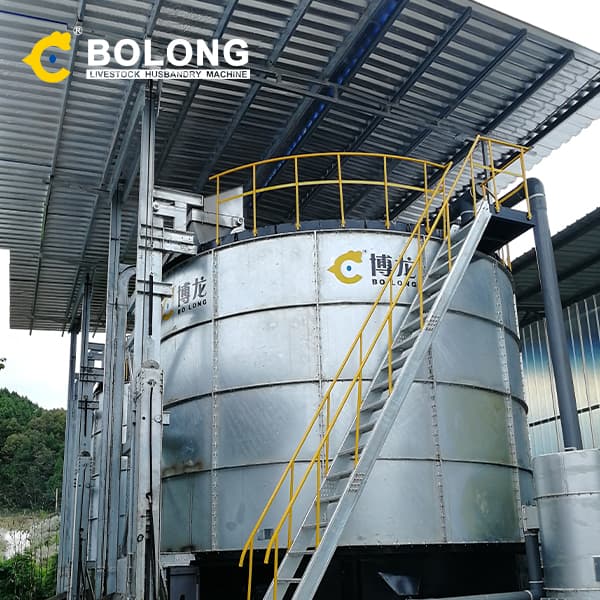
Sep 14, 2023 · Fermentation vessels affect the characteristics of food fermentation; however, we lack an approach to identify the biomarkers indicating fermentation. In this study, we applied metabolomics and high-throughput sequencing analysis to reveal the dynamic of metabolites and microbial communities in age-gradient fermentation vessels for baijiu production. Furthermore, we identified 64 metabolites
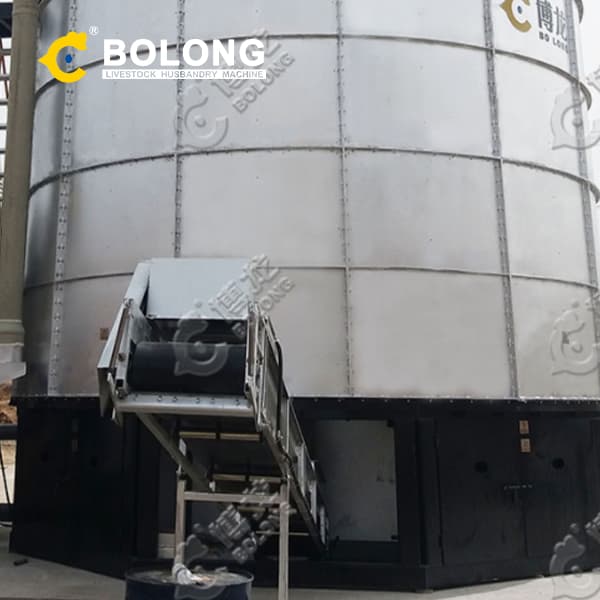
Aug 30, 2017 · Food-Grade Plastics Deemed Suitable for Fermentation: #2 HDPE (high-density polyethylene) is used in milk, juice, water containers and food-grade buckets and is deemed the most food safe of all the plastics. Many use a large plastic bucket – #2 HDPE – for a fermentation crock, though I highly recommend a water-sealed ceramic crock instead.
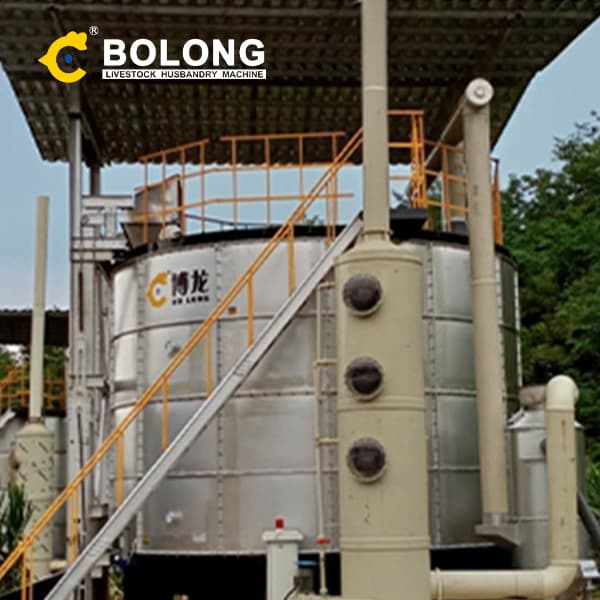
This fermenter is very solidly built, especially for the price. It has everything you'd expect from a more expensive model -- tri-clamp fitting with adjustable rotating racking arm, 1/2" NPT ball valve, good quality rubber gasket on the lid, etc.Nothing on it feels flimsy, cheap or ill-fitting and it's exactly what I expected when upgrading my home brewery.
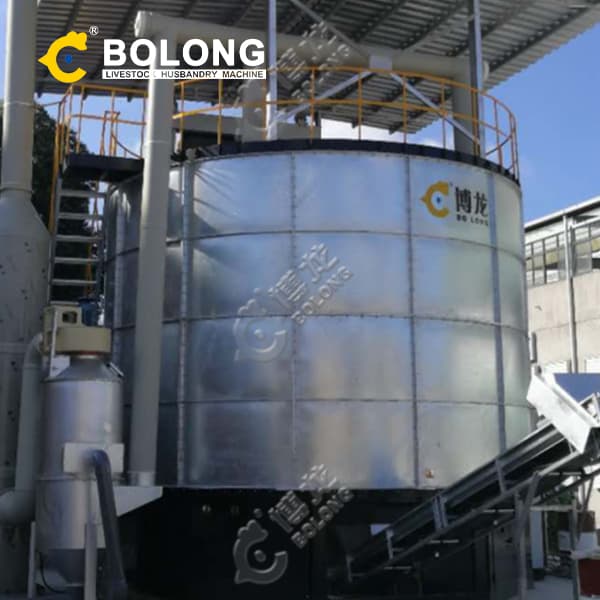
Nov 1, 2015 · This article discusses many of the problems that can arise related to large-scale industrial fermentation vessels (that is, those with a capacity up to 1 million gal) that are increasingly being used for industrial bioprocesses. It also presents recommendations for appropriate CIP and sterilization design for large-scale systems.
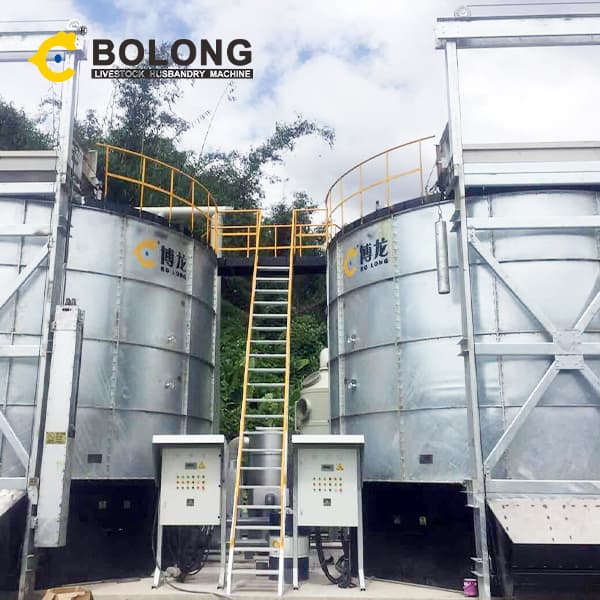
6. Attach the Airlock: Fill the airlock about halfway with water and attach it to the fermentation vessel. This allows carbon dioxide to escape without allowing air in. 7. Fermentation: Place the fermentation vessel in a cool, dark place with a stable temperature between 15-25°C (59-77°F). Fermentation will typically begin within a day or two. 8.
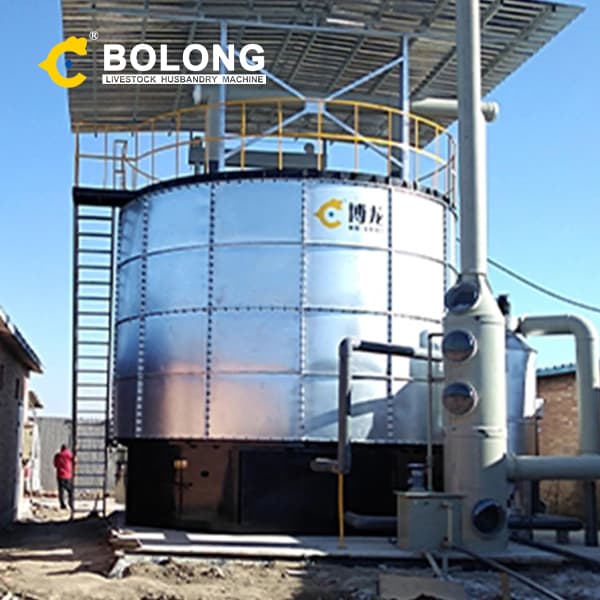
This guide will help you understand the different types of fermentation vessels available and provide insights into which one might be best suited for your home brewery. Types of Fermentation Vessels There are several types of fermentation vessels that home brewers commonly use: 1. Plastic Buckets 2. Glass Carboys 3. Stainless Steel Fermenters 4.
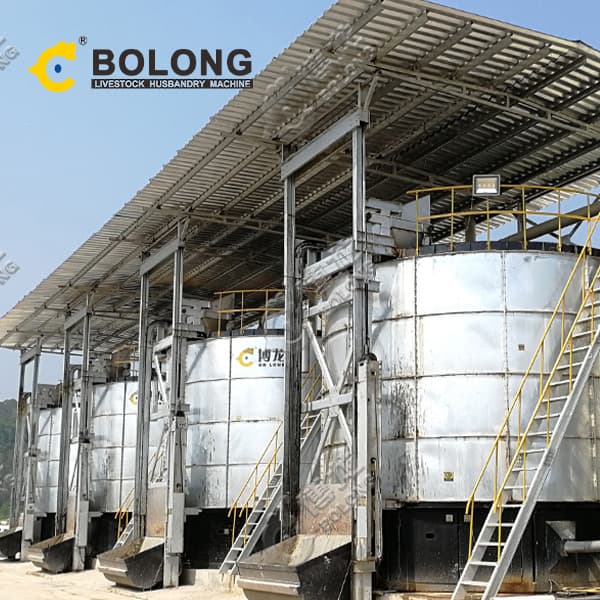
R 13,196.25. Add to cart. Fermentation Drum: 220l. R 1,350.00. Pre Order. Fermentation Tank with Cooling Jacket: 1200l. R 81,840.00. Show more. Fermentation Vessels, Temperature Control, Cooling Systems and everything else the Home or Craft Distiller might require is available in various sizes and designs.
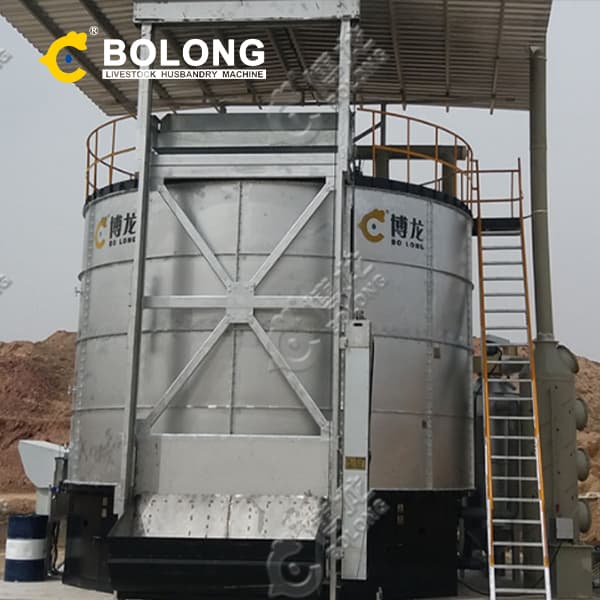
Fermentation vessels play a vital role in the successful and controlled fermentation of various foods and beverages. They provide the optimal environment for microbial activity, ensuring the development of desired flavors, aromas, and textures.